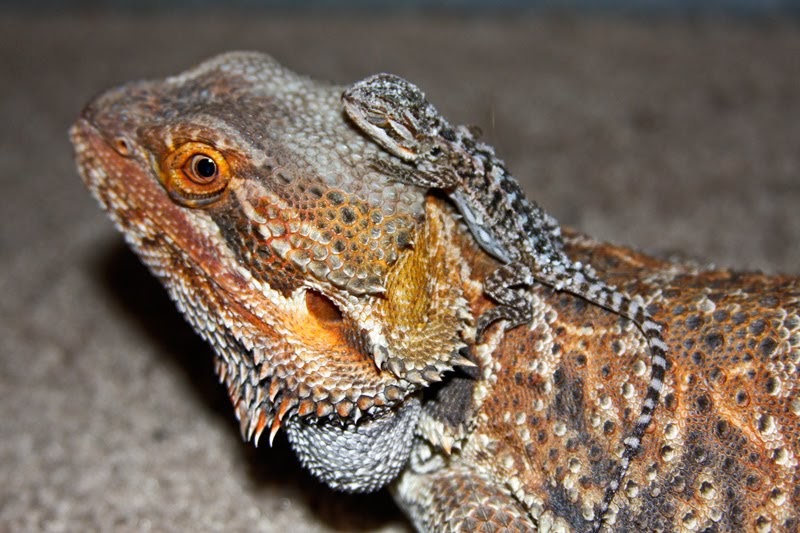The Red Tiger Bearded Dragon: Your Ultimate Guide
Introducing the Red Tiger Bearded Dragon

Bearded dragons are known for their docile nature and ease of care, making them a popular choice for first-time reptile owners. In recent years, the red tiger bearded dragon has gained popularity due to its stunning appearance and unique characteristics.
The red tiger bearded dragon, also known as Pogona vitticeps or the central bearded dragon, is a medium-sized reptile native to the arid regions of Australia. They get their name from their colorful scales, which can range from bright reds and oranges to yellow and black stripes.
Appearance and Behavior
Red tiger bearded dragons are a hardy species, capable of surviving in a range of temperatures and humidity levels. They can grow up to two feet in length and typically live for 10-15 years in captivity when properly cared for.
One of the most striking things about the red tiger bearded dragon is its coloration. Their scales are a vivid shade of red and orange, with bold black stripes and markings. They also have a distinctive beard, which they can puff out when feeling threatened or defending their territory.
In terms of behavior, red tiger bearded dragons are generally friendly and sociable, making them great pets for families or individuals. They enjoy basking in the sun and exploring their surroundings but are also content to relax in their terrarium for long periods.
Housing and Habitat

Red tiger bearded dragons require a spacious enclosure with access to both heat and UVB lighting. The enclosure should be at least 50 gallons in size, with a basking area of around 100 degrees Fahrenheit and a cool side of 80 degrees Fahrenheit.
In terms of habitat, red tiger bearded dragons naturally live in arid regions of Australia, so their terrarium should mimic these conditions. This means providing a dry substrate such as sand or reptile carpet, as well as hiding spots and items to climb on.
Feeding and Nutrition
Red tiger bearded dragons are omnivores, meaning they require a balanced diet of both plant and animal matter. They enjoy a variety of fruits and vegetables, including leafy greens, carrots, and strawberries.

They also require protein sources, such as crickets, mealworms, and other insects. Feeder insects should be gut-loaded and dusted with calcium and vitamin supplements to ensure they receive all the necessary nutrients.
It’s important to note that red tiger bearded dragons can be prone to obesity if overfed or given too many high-fat foods. Feeding should be limited to once or twice a day and amounts adjusted based on the dragon’s age and activity level.
Health and Wellness
Like all animals, red tiger bearded dragons can be susceptible to a variety of health issues. Some common problems include metabolic bone disease, respiratory infections, and parasites.

To keep your red tiger bearded dragon healthy, it’s important to provide a proper diet, adequate lighting and heating, and regular veterinary checkups. Signs of illness may include lethargy, loss of appetite, or abnormal bowel movements.
In conclusion, the red tiger bearded dragon is a unique and striking species that can make a great pet for those interested in reptile ownership. With proper care and attention, these dragons can live long, healthy lives and provide years of enjoyment for their owners.
